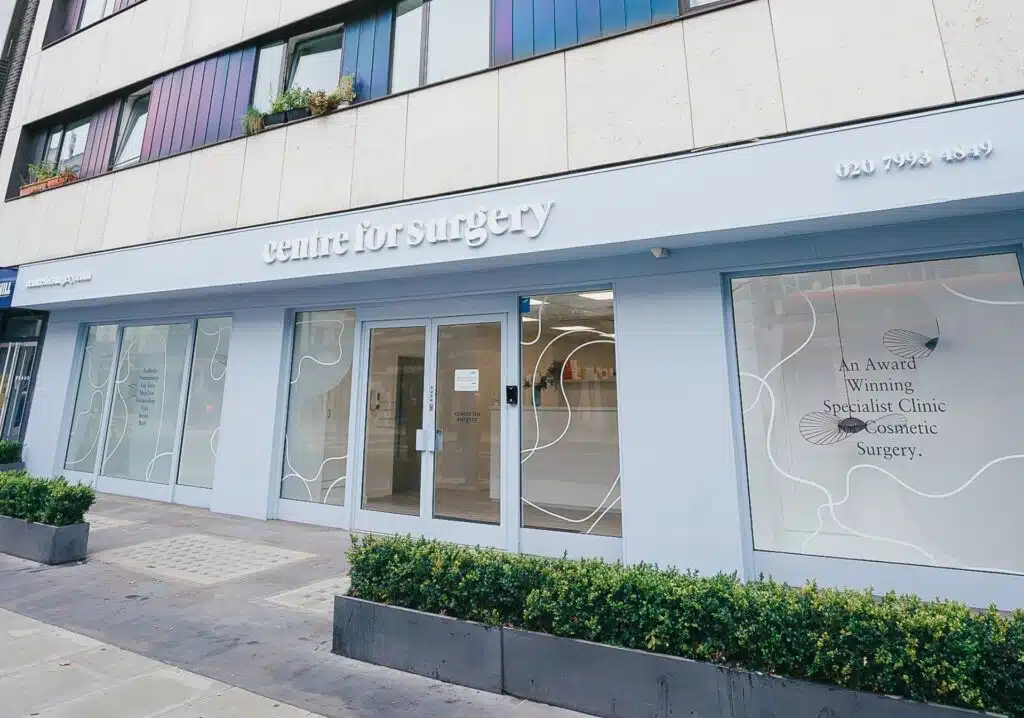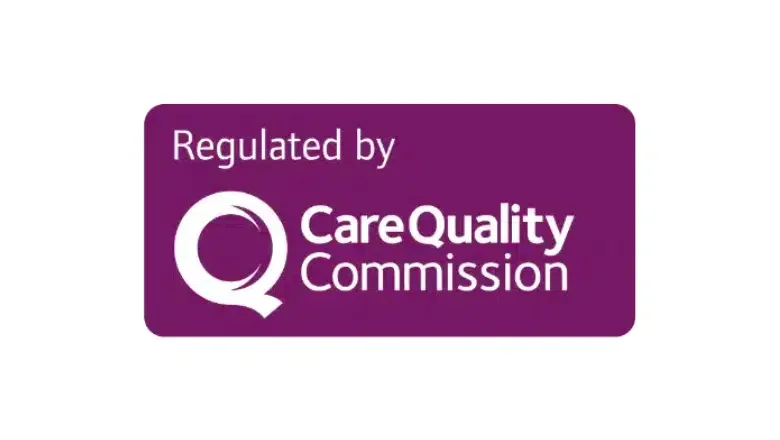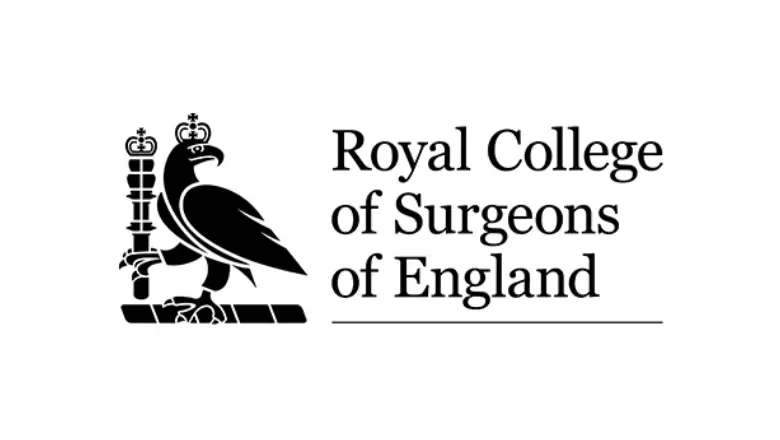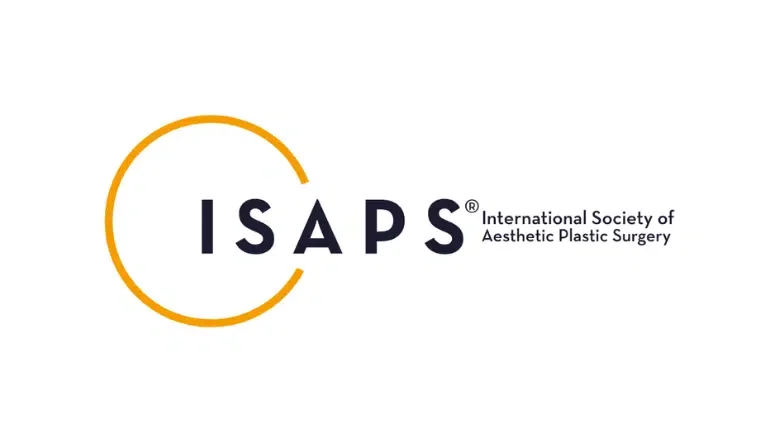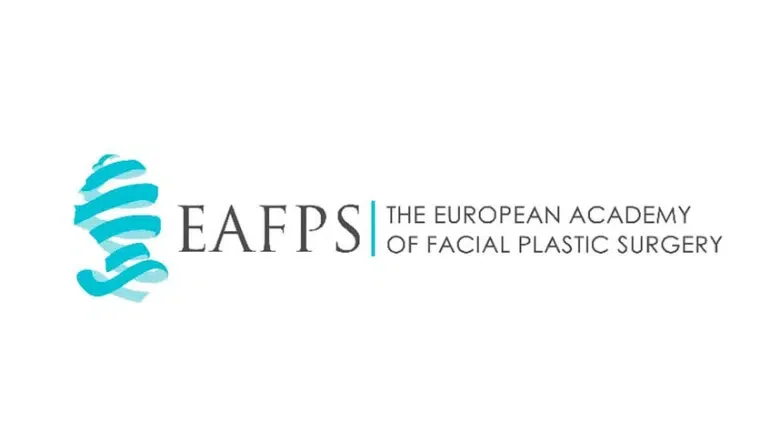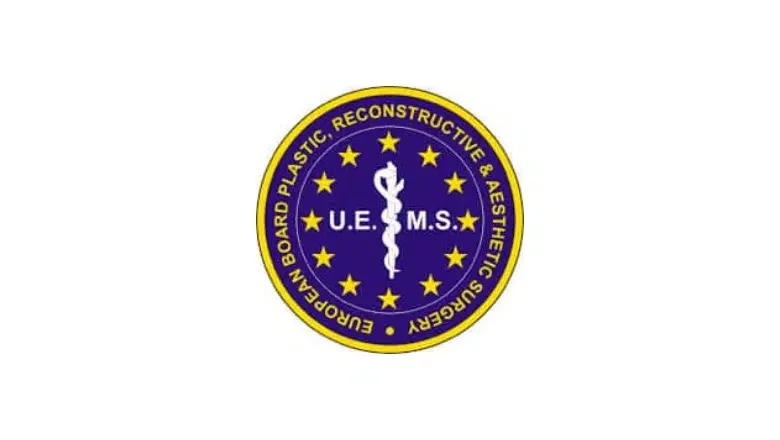A breast lift, also known as a mastopexy, is a cosmetic surgery that aims to lift and enhance sagging breasts to give them a perkier appearance. Breast sagging, also called ptosis, can occur due to factors such as ageing, weight loss, or pregnancy. This can affect one’s self-esteem and confidence.
RELATED: Breast Ptosis – Solutions for Sagging or Drooping Breasts
A breast lift procedure involves the removal of excess skin and breast tissue, as well as the repositioning of the nipples, to address advanced breast ptosis. While the final results may take some time to appear and may be obscured by swelling and bruising during the recovery period, there are steps you can take to facilitate the healing process and achieve the best possible results.
As a leading plastic surgery clinic in the UK, Centre for Surgery recommends following these tips for optimal recovery after breast lift surgery.
RELATED: Breast Lift FAQs &- Q&As about Mastopexy Surgery
If you have been thinking about having a breast lift, you may already have considered the breast lift recovery period. Getting the best results from breast lift surgery depends on being as prepared as possible, and here we share some of our top tips for a smooth and uneventful breast lift recovery.
Our surgeons strongly believe that the success of any cosmetic surgery procedure, including breast lift surgery, is optimised by following the surgeon’s preoperative instructions.
We always strive to go above and beyond to ensure all our patients are optimally prepared for breast lift surgery – physically, mentally, and emotionally.
What every patient should know before having a breast lift
Must-dos before breast lift surgery
Make arrangements for childcare and work
Achieving the best breast lift recovery means being as prepared as possible, and this includes arranging alternative childcare if you have young children. You should also look to book at least one week off from work.
It is essential to have arrangements for childcare, as your surgeon will recommend that you avoid lifting your children for at least four weeks after the procedure. It’s essential to take time out for adequate rest, and we recommend asking a friend or family member for help.
Having your home set up for when you get home after your breast lift surgery helps during the first few days. This means going to the supermarket, collecting your medical prescriptions and ensuring you have an allocated room where you can rest without disruption from others.
Review the postoperative instructions before you have a breast lift
Our preoperative nursing team will provide you with a comprehensive list of postoperative instructions for your mastopexy recovery. Please read these carefully, and if you have any questions, do not hesitate to contact us before your procedure. You will have a clear understanding of what the procedure entails from the instructions we provide. They contain practical advice, including the best sleeping position, how to sponge bathe, look after your incision sites and how to identify possible complications of breast lift surgery.
RELATED: What is the best breast lift?
Ensure that you have the information pack available at all times. If you have any questions or concerns that are not addressed in the information pack, please get in touch with our nursing team. We always recommend reaching out to us if you are unsure about anything.
Make sure to attend all your postoperative review appointments
Once you have had your surgery, you will be booked for a one-week follow-up appointment with our postoperative nurse for a wound check. At this appointment, your incision site will be reviewed, and advice will be provided on how to care for it. Our post-operative nursing team will be available to examine you at any time during the first six weeks. Your surgeon will see you in six weeks to review your progress and healing. It’s essential to attend these appointments as they are designed to ensure your breast lift recovery proceeds as smoothly as possible. If you think you may be unable to attend an appointment, please contact us as soon as possible so we can reschedule your appointment.
Arrange for a responsible adult to look after you for the first couple of days.
Once you have had your procedure, your adult escort must transport you home via car or taxi. Public transport should be avoided. Patients will be unable to drive for at least two weeks during the breast lift recovery period, including the day of your surgery. Patients who have just had a breast lift procedure will still be under the effects of the anaesthetic, and they will feel dizzy and groggy. You may require painkillers to manage any mild discomfort. Having a responsible adult to look after you can be very reassuring, and when you get home, they can help you settle into your room. We recommend ongoing support once at home for tasks such as preparing meals, household chores, caring for children, and offering companionship through light conversation.
Wear a postoperative support bra for at least four weeks
During your mastopexy recovery, your surgeon recommends wearing a specialised support bra to protect the healing breast lift incisions. You should wear the compression bra continuously for at least the first four weeks after breast lift surgery. You can then transition to wearing a well-supported sports bra, which should not have underwires or moulded cups.
The ideal type of bra features a front zip, making it very easy to put on and take off. The bra should be worn during the day after four weeks, although some women may choose to wear it at night instead.
Make sure to get plenty of rest
The key to breast lift recovery is to take time out to rest. Your body heals and regenerates when you are sleeping, and doing too much too soon may delay breast lift recovery. You should also avoid lifting heavy objects or carrying out vigorous exercise during the first six weeks after surgery. Some women may develop sub-optimal results if they commence gym activity too soon after surgery.
Tips for Better Recovery after Breast Lift Surgery
After breast lift surgery, it is essential to take proper care of yourself to ensure a smooth and successful recovery. Here are some tips for a better recovery after breast lift surgery:
Follow your surgeon’s instructions
Your surgeon will give you specific instructions to follow after your breast lift surgery. It is essential to follow these instructions closely, including any medication schedules, wound care, and restrictions on physical activity. Failing to follow or modify these instructions can lead to complications and a prolonged recovery time.
Take care of your incisions
Your incisions will need to be kept clean and dry to prevent infection. It is essential to keep the dressings or bandages in place until your surgeon advises you to remove them. You should also avoid exposing your incisions to sunlight or tanning beds until they are fully healed.
Manage your pain
Breast lift surgery can cause discomfort and pain during the recovery period. Your surgeon may prescribe pain medication to manage your pain. It is essential to take your medication as prescribed and not exceed the recommended dosage. If you experience severe pain or prolonged discomfort, contact your surgeon immediately.
Wear a supportive bra
Your surgeon will advise you to wear a supportive bra following breast lift surgery. This bra will help reduce swelling, provide support for your breasts, and help with the healing process. It is important to wear the bra as instructed by your surgeon, typically for several weeks post-surgery.
Stay hydrated and eat a healthy diet
Drinking plenty of fluids and eating a healthy diet can aid in the healing process after breast lift surgery. Staying hydrated will help your body flush out toxins and promote healing. Eating a healthy diet rich in protein and nutrients can also help your body heal faster.
Avoid smoking and alcohol
Smoking and alcohol can interfere with the healing process and increase the risk of complications after breast lift surgery. It is important to avoid smoking and alcohol for several weeks before and after your surgery to ensure a smooth and successful recovery.
Rest and take it easy
Rest and relaxation are crucial for a successful recovery after breast lift surgery. You should avoid any strenuous physical activity or heavy lifting for several weeks post-surgery. It is important to listen to your body and take breaks as needed to avoid fatigue and ensure proper healing.
Attend follow-up appointments
Your surgeon will schedule follow-up appointments to monitor your healing progress after breast lift surgery. It is important to attend these appointments to ensure proper healing and address any concerns or complications.
What are the best foods to eat to promote recovery after a breast lift?
Protein-rich foods
Protein is essential for the growth and repair of tissues, including those damaged during surgery. Aim for lean sources of protein such as chicken, fish, tofu, beans, and legumes.
Fresh fruits and vegetables
Fruits and vegetables are rich in antioxidants, vitamins, and minerals that can help reduce inflammation, boost the immune system, and promote healing. Dark leafy greens, berries, citrus fruits, and tomatoes are all good choices.
Whole grains
Whole grains are a great source of complex carbohydrates, fibre, and essential nutrients that can help regulate blood sugar levels, boost energy, and aid digestion. Choose whole wheat bread, brown rice, quinoa, and oats.
Healthy fats
Healthy fats such as those found in nuts, seeds, avocados, and fatty fish like salmon can help reduce inflammation, improve brain function, and support overall health.
Water
Staying hydrated is crucial for recovery after any surgery. Drinking plenty of water can help flush out toxins, reduce inflammation, and keep the body functioning properly.
In addition to these foods, there are some foods and beverages that you should avoid during recovery after a breast lift. These include:
Caffeine
Caffeine can interfere with sleep, which is vital for healing. It can also increase heart rate and blood pressure, which can be dangerous during recovery.
Alcohol
Alcohol can interfere with wound healing and increase the risk of complications such as bleeding and infection.
Processed foods
Processed foods are often high in sugar, unhealthy fats, and additives that can increase inflammation and slow down healing.
Spicy foods
Spicy foods can irritate the digestive system and cause discomfort, especially if you are taking pain medication.
High-sodium foods
High-sodium foods can cause water retention and increase swelling, which can be especially problematic after a breast lift.
It is essential to note that every patient’s recovery is unique, and the timing and intensity of exercise will vary depending on individual circumstances and your surgeon’s recommendations.
Here are some general guidelines for exercising after breast lift surgery:
Start Slowly
In the first few weeks after surgery, focus on gentle movements, such as walking or light stretching. Avoid any exercise that involves bouncing or jarring movements, as this can cause pain or discomfort.
Listen to Your Body
Pay attention to how your body feels during and after exercise. If you experience pain or discomfort, stop immediately and rest. It is essential to not push yourself too hard during the recovery process.
Avoid Upper Body Exercises
Avoid exercises that involve the chest or arms, such as push-ups, pull-ups, or weight lifting. These movements can put strain on the chest muscles and interfere with the healing process.
Wait for Clearance
Wait for clearance from your surgeon before engaging in any vigorous exercise or high-impact activities. This typically occurs several weeks after surgery.
Wear a Supportive Bra
Wearing a supportive bra during exercise can help reduce discomfort and provide additional support to the breasts as they heal.
Stay Hydrated
Drinking plenty of water is vital for overall health and can aid in the healing process.
Consider Low-Impact Activities
Low-impact activities, such as yoga, Pilates, or light cardio, can help improve circulation and promote healing without placing excessive strain on the body.
Recovery after Breast Lift Surgery FAQs
How long does it take to recover from breast lift surgery?
The recovery time after breast lift surgery varies from patient to patient and depends on several factors, including the extent of the procedure, the patient’s overall health, and adherence to their surgeon’s post-operative instructions. Generally, patients can return to work and light activities after about a week; however, it may take several weeks to fully recover and resume more strenuous activities.
Is breast lift recovery painful?
Breast lift recovery can be uncomfortable, but most patients do not describe it as extremely painful. Patients may experience soreness, swelling, and bruising in the breasts and around the incision sites. Pain medication and anti-inflammatory medication can help alleviate discomfort during the recovery period.
When can I wash my hair after breast lift surgery?
It is essential to avoid getting the incisions wet for at least the first week after breast lift surgery to reduce the risk of infection. This means that patients should avoid washing their hair during this time. After one week, patients can usually shower but should avoid letting water directly hit the incision sites for at least two weeks.
How long do I wear a sports bra after a breast lift?
Wearing a supportive sports bra is an integral part of the recovery process after breast lift surgery. Patients should wear a compression or sports bra for at least 4 to 6 weeks after surgery to help reduce swelling and promote healing. However, it is essential to follow your surgeon’s specific recommendations for wearing a bra, as they may vary depending on the extent of the surgery and the individual patient’s needs.
Book a consultation to learn more about recovery after breast lift surgery
Breast lift surgery is tailored to the individual patient, and each type of breast lift is specifically designed for certain patients, depending on the degree of breast sagging. The best way to determine what kind of breast lift is best for you is to have a consultation with an expert breast surgeon at Centre for Surgery in London. Our plastic surgeons perform aesthetic and reconstructive breast surgery in London and the UK. They have many years of experience in primary and revision breast surgery.
RELATED: How much does a breast lift cost?
If you would like to learn more about having breast lift surgery in London, please contact us at 020 7993 4849. Our expert patient coordinators will be more than happy to direct you to the most suitable surgeon for an in-depth consultation.

